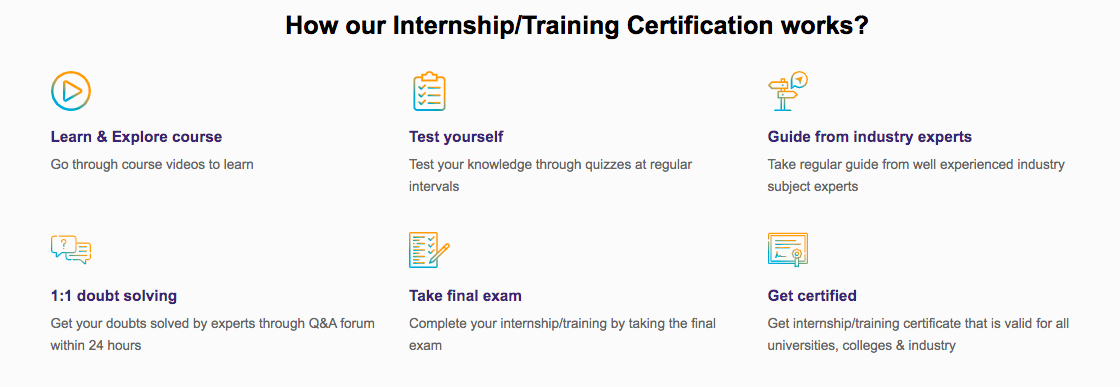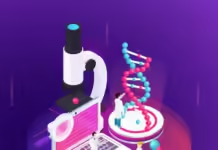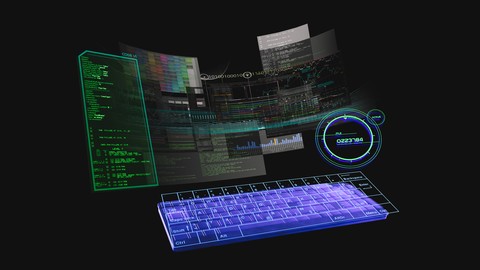Can the design of a climate change message change someone’s beliefs? Absolutely, and with a surprisingly powerful correlation. Research found climate change messages that spark fear and disgust were more likely to be seen as trustworthy by some audiences, compared to a graphic perceived to come from a corporate source. Digital technology has surged, and we are exposed to a much higher degree of designed visual messages than we used to be. But climate change is incredibly politicised – especially in Australia – and despite a wealth of literature on communication strategies, little is understood about how visual communication contributes to uptake of the message.

Important Announcement – EasyShiksha has now started Online Internship Program “Ab India Sikhega Ghar Se”

My findings show critical components of visual communication, such as colour, imagery, logos and how they all work together, can convey unintended meanings and lead to distrust, even when the viewer believes climate change is real.
A CSIRO study from 2015 showed while 81% of respondents agree climate change was happening, more than half weren’t concerned about the implications. And less than half attributed climate change to human influence.
These statistics are alarming, so it’s important effective climate change communication is rolled out, with trustworthy designs.
And it matters who or what authority is perceived to be behind the message: whether they are perceived as originating from a grassroots or a more corporate end of the spectrum.
Previous studies have suggested a clear understanding of which type of organisation is speaking can engender trust in a message, particularly in an era when trust in corporate authorities has diminished.
Even a grassroots message can be misinterpreted due to its visual design, leading to a loss of trust in what could otherwise be considered compelling evidence.
Top Courses in Software Engineering
More Courses With Certification
So what makes a design trustworthy? Over a month, I asked a group of participants from the UK and Australia to discuss examples of real-world visual messages on. These participants were chosen based on their relatively good exposure to media, and stated a range of attitudes towards climate change. I showed them a selection of climate change visuals and focused on how they interpreted its meaning. Emotion was one of the conditions viewers used to judge the visuals.
Fear and disgust campaigns are typically thought to obstruct communication of more complex issues, prompting viewers to turn away and avoid the message. But this study highlighted that viewers have come to expect a level of emotion in climate change messages, using it to signify a more grassroots-based message than a corporate one.
Another way the viewers judged the message was through the visual identity, or logo.
Where a logo was visible, the ability to judge trustworthiness was simple. Where there was no logo, or a logo they had not seen before, several viewers moved directly to a position of distrust.
Others relied on aesthetic style indicators like colour, typeface, or decorative elements to determine who the author of the message was.
Understanding these findings is critical to tackling the most important issue of our time. Knowing our audiences better and being informed about how we deploy colour, imagery, logos and other elements in the graphic design of communication helps boost our understanding and engagement. Without that understanding, we all lose.
Authored by Rebecca Green, Lecturer, University of New South Wales, Sydney
Empower your team. Lead the industry
Get a subscription to a library of online courses and digital learning tools for your organization with EasyShiksha
Request NowALSO READ: Tafe-signs-on-akshay-kumar-as-the-brand-ambassador-for-massey
Get Course: Introduction-to-Power-BI
















































































